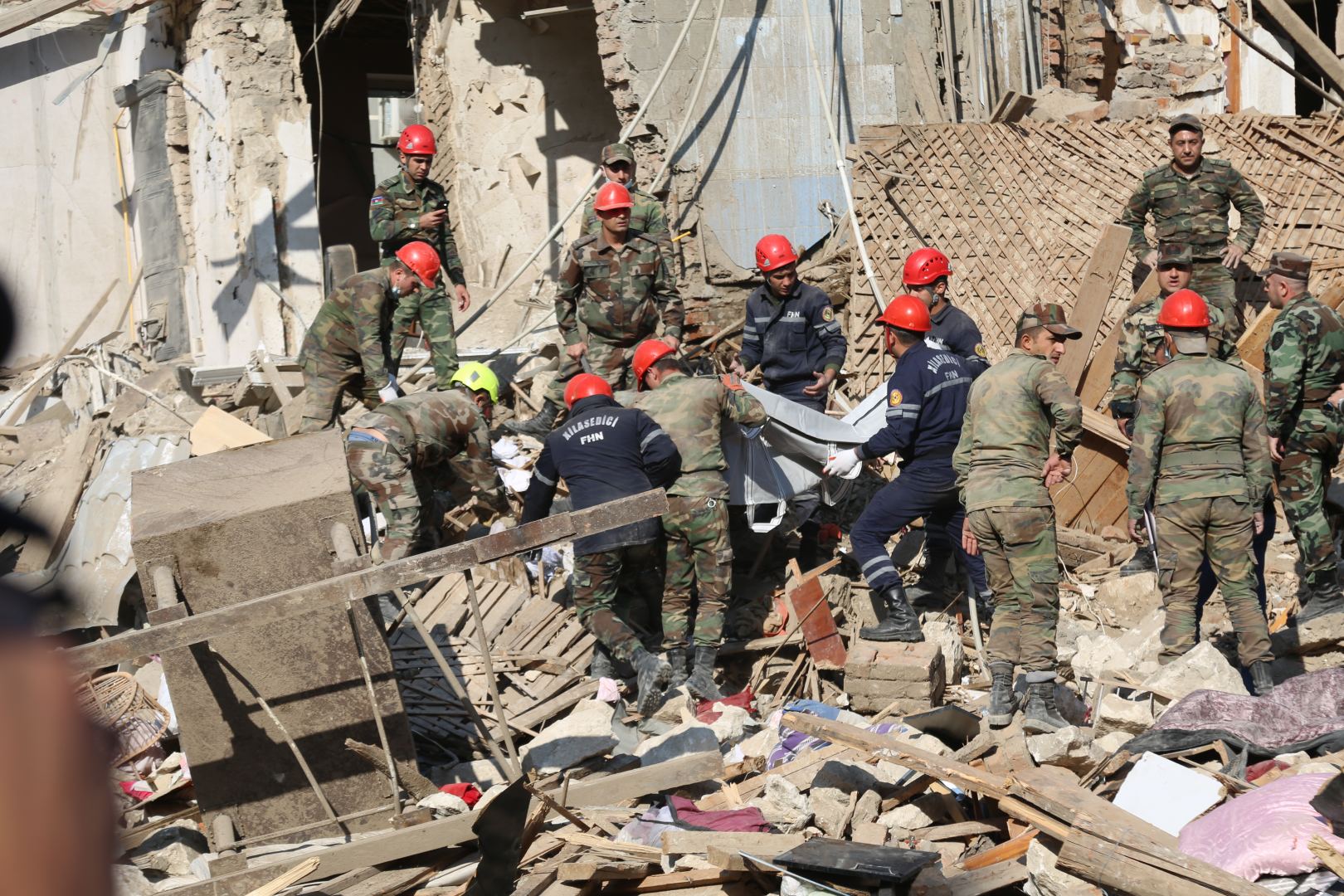BAKU, Azerbaijan, Oct. 14
By Nargiz Sadikhova - Trend:
Armenia’s attack on Ganja dashed the hopes for a Nagorno Karabakh conflict resolution, Bezen Coskun, Research Fellow at Germany-based Centre for Applied Turkey Studies (CATS) told Trend.
Coskun recalled that in Moscow, after 10 hours of negotiations, Armenian and Azerbaijani Foreign Ministers agreed on a cease-fire “on humanitarian grounds for exchanging POWs and other detained persons and dead bodies.”
“In addition to the ceasefire, it was agreed to "start substantive talks aimed at the quickly reaching a peaceful solution,” according to Lavrov’s statement. The European Union, Russia, and the US have called for the fighting to stop and for peace talks to be mediated by the Minsk Group. However, only a few hours after the declaration of the ceasefire, Armenian forces attacked at Ganja city, which is not even inside the conflict zone. The incident dashed the hopes for a resolution. Furthermore, Armenian attacks on Azerbaijani city appeared as a provocation for the re-escalation of clashes,” she said.
“Even though the Armenian side defended its attacks as retaliation to Azerbaijani attacks after the truce came into effect, the Armenian attack on Ganja is a clear violation of international law. Such provocative attacks likely to risk more lives from both sides, and even there is a risk of spiraling into a regional war,” she said.
On October 11, 2020 at about 2:00 AM (GMT+4) Armenian Armed Forces fired missiles at multi-apartment residential buildings in the central part of Ganja, the second largest city of Azerbaijan, located outside the frontline zone.
According to the latest data, 10 civilians, including 4 women, were killed as a result of missiles hitting the buildings.
Armenian Armed Forces launched a large-scale military attack on positions of the Azerbaijani army on the front line, using large-caliber weapons, mortars, and artillery on Sept. 27.
Azerbaijan responded with a counter-offensive along the entire front. As a result of retaliation, Azerbaijani troops liberated a number of territories previously occupied by Armenia, as well as take important, strategic heights under control.
The fighting continued into October 2020, in the early days of which Armenia has launched missile attacks on Azerbaijani cities of Ganja, Mingachevir, Khizi as well as Absheron district.
The conflict between the two South Caucasus countries began in 1988 when Armenia made territorial claims against Azerbaijan. As a result of the ensuing war, Armenian armed forces occupied 20 percent of Azerbaijan, including the Nagorno-Karabakh region and seven surrounding districts.
The 1994 ceasefire agreement was followed by peace negotiations. Armenia has not yet implemented four UN Security Council resolutions on the withdrawal of its armed forces from Nagorno Karabakh and the surrounding districts.
---
Follow the author on twitter: @nargiz_sadikh






